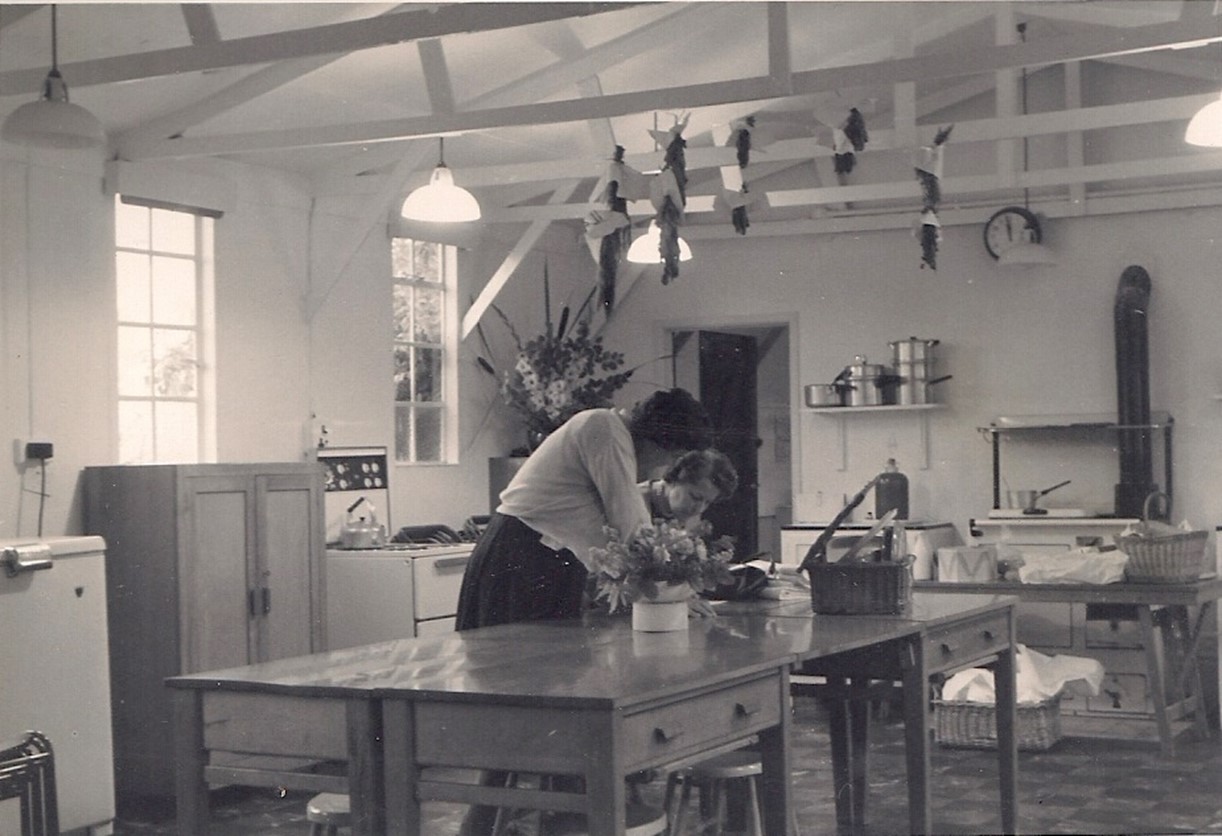At first, we were surprised. My co-author Enze Han and I had started looking into how many countries around the world it was illegal to be gay in. We found that 72 states formally criminalized some homosexual conduct (today it is 67 UN member states). Penalties ranged from fines, through prison terms of 10 years or life, up to the death penalty. Our next question was why? Why, given that some countries were moving to legalize same-sex marriage and protect other LGBT rights, were others so repressive? Why was there this variation?
To begin with, we correlated these laws with other factors, like wealth, economic development, religion, etc. But when we included a variable called ‘legal origin’, that’s when we were really surprised. The effect size was so large that it explained almost all of the variation we see in the world today. ‘Legal origin’ means where a state got its legal system from. And from a lot of countries, this meant colonialism. British colonies got a common law system, French colonies got a civil law system, and so on. And it turns out that if you had to know one thing about a country to have a good chance of guessing whether it criminalizes homosexuality, that one thing is whether it used to be a British colony.
The relationship can be starkly illustrated with an example.

There are three Guianas. British Guiana was a British colony, and is now called Guyana. Dutch Guiana is now called Suriname. French Guiana was a French colony and is now a French department (and part of the EU). These three colonies were very similar in lots of ways, except for the big difference of which Europeans controlled them. And, also, the legal status of homosexuality. French Guiana decriminalized in 1817, Suriname decriminalized in 1869, and Guyana… Actually, homosexual conduct (“buggery”) is still illegal in Guyana and has been since the colonial period.
Is this correlation between the three Guianas’s colonial heritage and sexuality laws a causal relationship? And does this generalize to the rest of the world? We next wanted to go beyond this high level quantitative analysis and look into the actual historical pathways whereby states acquired laws criminalizing homosexuality.
We looked at legal history and got hold of the texts of colonial penal codes and criminal codes to compare them. There are some complexities and some false positives, which shows the value of detailed qualitative historical research. But the general pattern is borne out. For many countries around the world that criminalize homosexual conduct, they do so because these laws were imposed on them during the colonial period by the British Empire.
If you want to read more detail about this, Enze and I published a book with Routledge about it. In this blog post, though, I wanted to reflect briefly on part of my experience doing the research. I had to really engage with the complexity of historical reality. Political science tends towards aggregated concepts and seeks causes that travel across many cases. I think this is a worthwhile quest, but there is a danger that you can miss important specificities. Historical work brings you face-to-face with the multifaceted nature of human social reality. This is perhaps especially the case when dealing with the British Empire, which not only covered a wide variety of local conditions around the world, but also seemed to delight in ad hocery and exceptions to the rule. That is, if there even was a rule in the first place.
This complexity manifested in several ways. One interesting way was that we commonly use the word ‘colonies’ to describe the UK’s relationship with polities and communities, but the politico-administrative arrangements were often very different in different places. They also often changed over the decades. For example, the current West African states of Gambia, Sierra Leone, Ghana, and Nigeria were previously made up of five colonies, four protectorates, and two League of Nations mandates and later trust territories.
In addition, there were several criminal codes circulating, with different implications for homosexual conduct. Seemingly accidental judgments and choices by colonial administrators could have repercussions over a hundred years later. For example, the colony of the Gold Coast, now Ghana, got a criminal code in 1892. The colonial administrator modeled this on a code that differentiated between nonconsensual “unnatural carnal knowledge”, deemed a felony, and consensual acts, deemed a misdemeanor and ‘only’ punishable by 2 years imprisonment. Other colonies’ codes had different model codes that did not make this distinction and had much longer sentences. Today, in 2021, Ghana retains this distinction in its criminal code, and has a sentence of 3 years, compared with the 7, 10, 14 years or life imprisonment in other ex-British colonies in Africa.
For me, one of the takeaways from this research is that combining the empirical detail of historical research with the conceptual and causal abstractions of political science can lead to more accurate, richer, and more useful knowledge.




